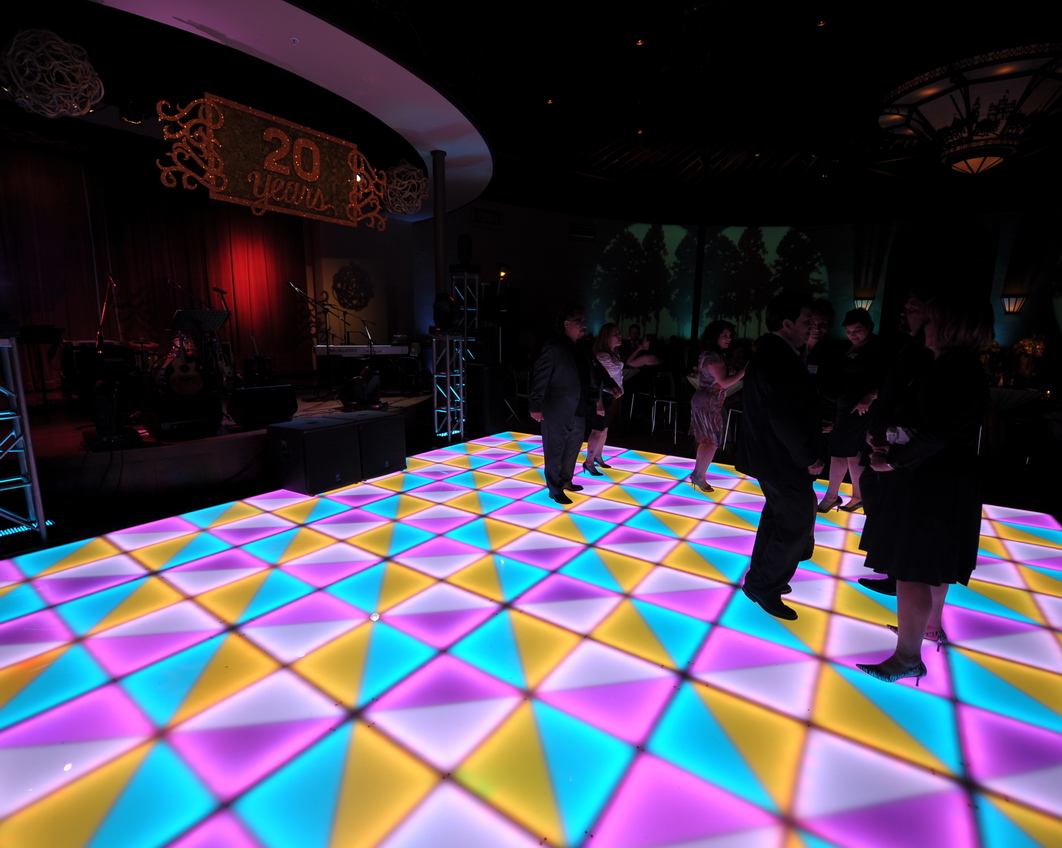Critical Methods to Maximize the Durability of Your Dance Floor
Wiki Article
In order to maintain a dance floor's durability, it is crucial to understand the components and construction that add to its durability. Performance floors are typically crafted from wood, synthetic, or specialized foam substances. Each kind has its own advantages and disadvantages. Timber surfaces deliver excellent flexibility and shock absorption, making them suitable for multiple movement styles. Synthetic floors are often simpler to clean and can be engineered with slip-resistant surfaces, which is essential for safety. Specialized foam surfaces offer cushioning, which can assist prevent accidents. Choosing the right material based on the planned purpose of the performance floor significantly affects its lifespan.
Regular maintenance is essential for prolonging the life of a performance floor. This involves sanitizing and refinishing the flooring as needed. For timber floors, it is necessary to sweep or vacuum consistently to remove debris and dirt that can damage the finish. Additionally, using a sealant or finish every several years helps shielding against moisture and wear. Synthetic floors should be mopped with suitable cleaners that do not damage the flooring. Maintaining a consistent sanitizing routine will not only preserve the look of the surface but also ensure a secure performance environment.

Climate and humidity hold a critical role in preserving a dance surface's condition. Ideal settings for wooden floors are typically a temperature of 60-80 degrees Fahrenheit and a moisture level of forty to sixty percent. Excessive humidity can lead timber to warp or form fungus, while overly dry environments can lead to splitting. In spaces where moisture ranges fluctuate, it may be advantageous to invest in a moisture regulator or drying unit. For vinyl or cushioned floors, ensuring adequate airflow can assist in minimizing moisture accumulation that might compromise their stability.
Correct usage is another critical strategy for extending website link the life of a performance floor. It is necessary to establish guidelines for events that take place on the surface. For example, stiletto shoes or sharp items should be prevented as they can cause lasting damage. Placing furniture outside of dance spaces also prevents marks and dents from developing. If the space accommodates multiple functions, using safeguarding mats during alternative events can further shield the surface from wear.
Ultimately, click periodic expert assessments are an reliable way to ensure continuous upkeep of a performance floor. Hiring experts who focus on flooring can provide useful insights into possible issues before they turn into serious concerns. These experts can offer advice on restorations or refinishing solutions that might extend the life of the surface significantly. By committing to regular inspections and updates, facility managers can ensure that their performance surface remains secure, attractive, and practical for decades to come.